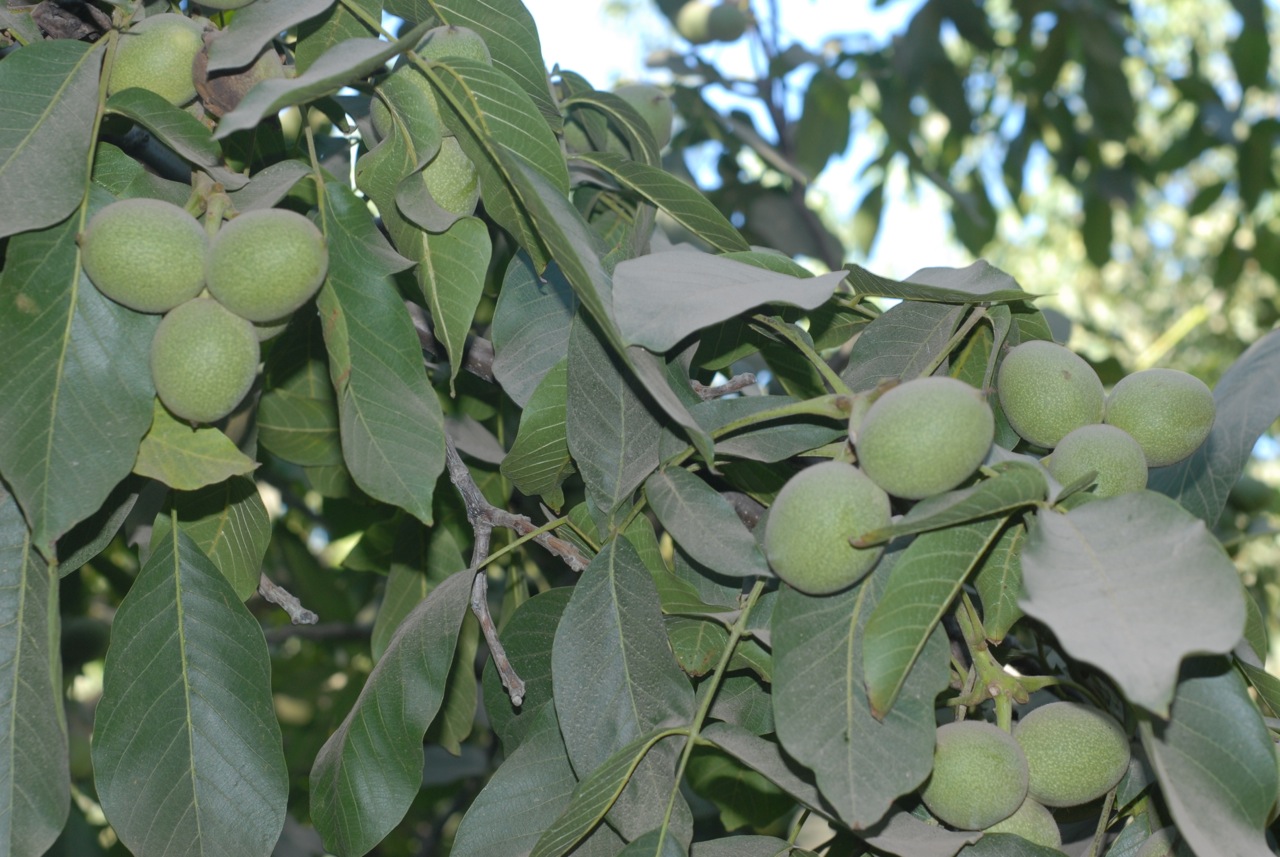A Cross Sectional Study of the Association between Walnut Consumption and Cognitive Function among Adult US Populations
Objective: To examine the association between walnut consumption and measures of cognitive function in the US population.
Design: Nationally representative cross sectional study using 24 hour dietary recalls of intakes to assess walnut and other nut consumption as compared to the group reporting no nut consumption.
Method: Setting: 1988-1994 and 1999-2002 rounds of the National Health and Nutrition Examination Survey (NHANES). Population: Representative weighted sample of US adults 20 to 90 years of age. The Neurobehavioral Evaluation System 2 (NES2), consisting of simple reaction time (SRTT), symbol digit substitution (SDST), the single digit learning (SDLT), Story Recall (SRT) and digit-symbol substitution (DSST) tests.
Results: Adults 20-59 years old reporting walnut consumption of an average of 10.3 g/d required 16.4ms less time to respond on the SRTT, P=0.03, and 0.39s less for the SDST, P=0.01. SDLT scores were also significantly lower by 2.38s (P=0.05). Similar results were obtained when tertiles of walnut consumption were examined in trend analyses. Significantly better outcomes were noted in all cognitive test scores among those with higher walnut consumption (P < 0.01). Among adults 60 years and older, walnut consumers averaged 13.1 g/d, scored 7.1 percentile points higher, P=0.03 on the SRT and 7.3 percentile points higher on the DSST, P=0.05. Here also trend analyses indicate significant improvements in all cognitive test scores (P < 0.01) except for SRTT (P = 0.06) in the fully adjusted models.
Conclusion: These significant, positive associations between walnut consumption and cognitive functions among all adults, regardless of age, gender or ethnicity suggest that daily walnut intake may be a simple beneficial dietary behavior.










